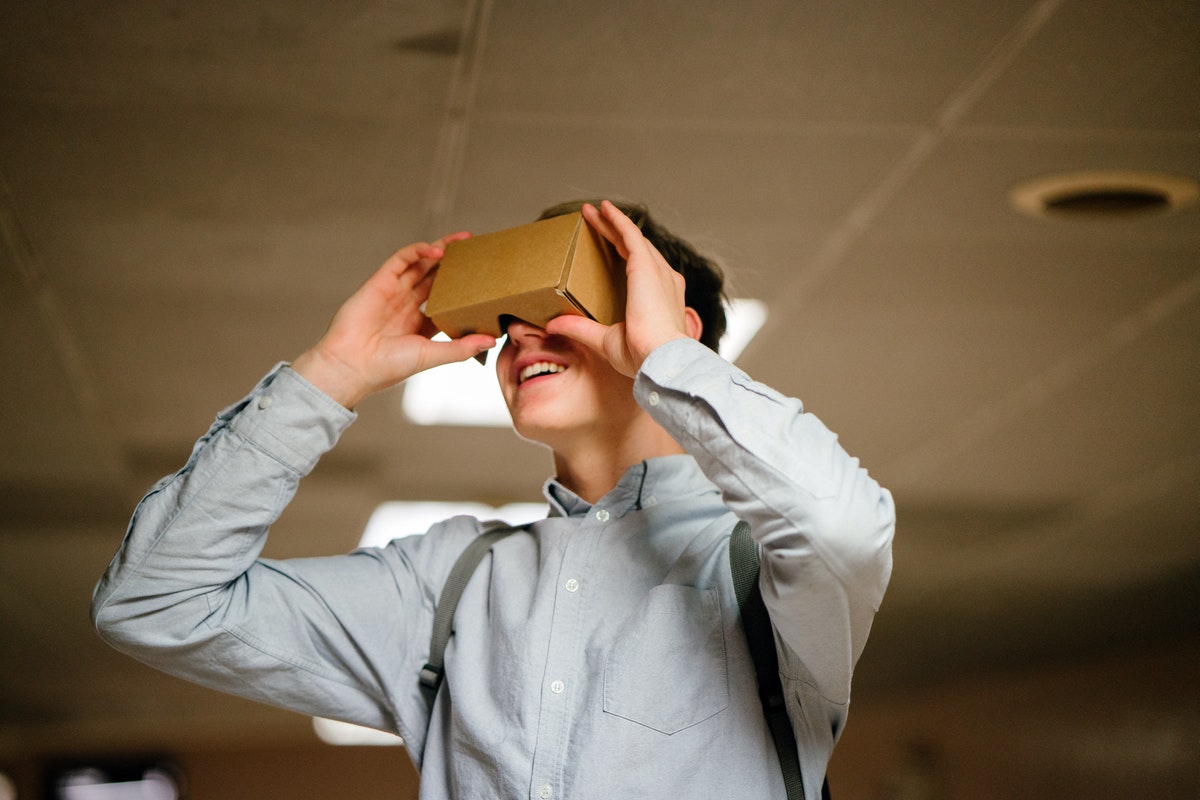Everybody wants to feel they got value for money. Sure – but when exactly does something feel like it was “worth it”? At what point or points does a brand experience gain that sense of affirmation for a customer? What role does affirmation play in winning the burgeoning brand experience war?
When does a concert experience feel like it’s worth it? Is it when you finally see the star in person as they step onstage days, weeks, months after you bought the tickets? Is it at the end of the opening number as the crowd erupts? Is it at the end of the show as you fight your way home through the traffic, images of the last couple of hours running through your head? Is it during your favourite song? Or is the value for money moment when you’re telling friends your “I was there” story via Facebook or, days or months later, over dinner?
When does a film feel worth it? How about the experience of buying a dress? When do you think the keynote speaker at a conference has delivered or is delivering value for money?
At what points do the cost, the time, the effort to get there, the crowds etc feel like they were worth it? It matters because each of those moments yields a verdict: affirmation (that you absolutely made the right decision); neutrality (“it was OK”); or dread (at ever having to go through the experience again).
Affirmation is not one moment
Here’s some more things you should know about how affirmation works. There is probably more than one affirmation required. They happen at different times. They can have different motivations. They are cumulative.
Strangely, most brands don’t think about affirmation too much at all. Marketers figure that once they get the customer “there” – the venue, the bar, the cash register at the shop, the event – the rest will sell itself. They’ll give them an “experience” and let customers make up their own minds.
But on reflection, a great experience is a lot more than a series of actions. Those actions leave each customer with a personal and confirmed sense that whatever it was was indeed worth it. Worth it then. Worth it later. Worth remembering. Worth repeating. Worth talking about. Worth buying the CD or the book or the next release.
So here’s my simple challenge. When are the affirmation points that make your brand feel worth it? And how have you structured them so that they generate an authentic experience that makes the strongest and most enduring impressions? Too many brands don’t do that. They deliver customer experiences that are just marketing sugar. Sprinkled, but not structured.
Try watching this presentation by Nancy Duarte on great presentations. In it, she clearly demonstrates that what brings powerful ideas to life is as much the architecture within which they sit as the ideas themselves. Getting that framework right starts with asking a question that doesn’t get asked enough. Should there even be a brand experience?
If you’re serious about delivering experiences that really count, sequence them to work that way, don’t just hope they happen.


Hey Mark – great post, thank you – and what a compelling video. I love the idea of thinking about your brand experience in the same way you might a great presentation. Interestingly, I feel this is an articulate way of describing what many people in social media are trying to achieve but don’t have the time or energy to plan and create.
Hi Alex – and a great reminder too that the best presentations are experiences, and are never as spontaneous as they appear. As per the maxim: the harder you work, the easier it looks …
Thanks for the shout-out Mark!
Love the post. Pretty insightful. A latest trend here in India is the the urgency to watch movies on Friday. People book their tickets in advance to watch the movie on a Friday and earn bragging rights. They then post their reviews on facebook, twitter etc to initiate conversations. Multiplexes have capitalized on this and have increased their rates by at least 50% over the last 5 months, but the consumption hasn’t decreased. In fact the movies released in the past 2 months have gone on to become the highest Bollywood openings ever.The price in-elasticity on the part of the consumers shows that movie watching has become much more than just a plain viewing pleasure. It has become an experience.
Thanks for your feedback Rajant. I was watching a documentary over the weekend on the future of TV (CNBC). They talked about the fact that TV and mobile have helped drive up traffic for TV shows. People watch the programme and talk about on Twitter at the same time. What you’re describing sounds like a parallel of that phenomenon. It’s going to be fascinating to see how this plays out …